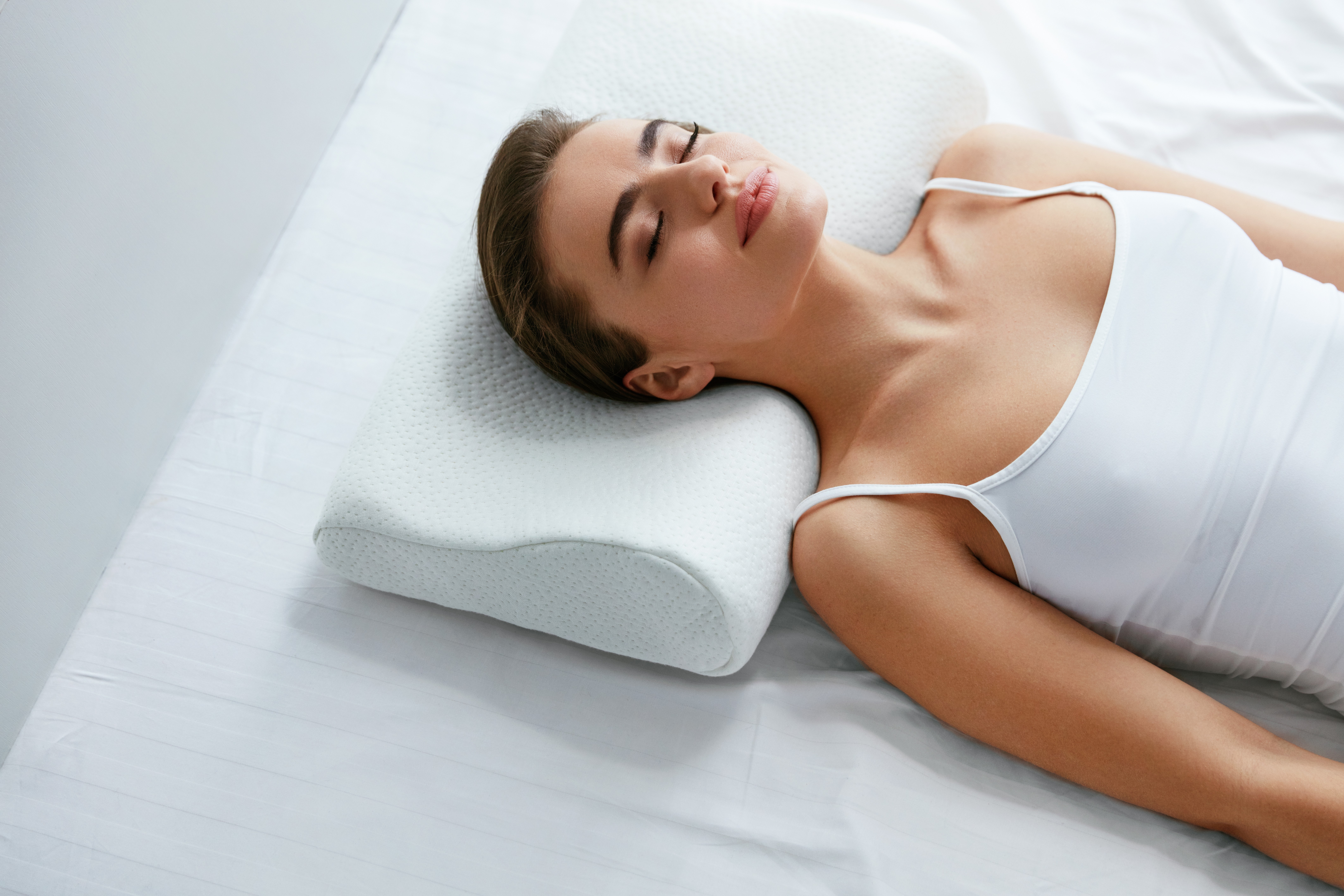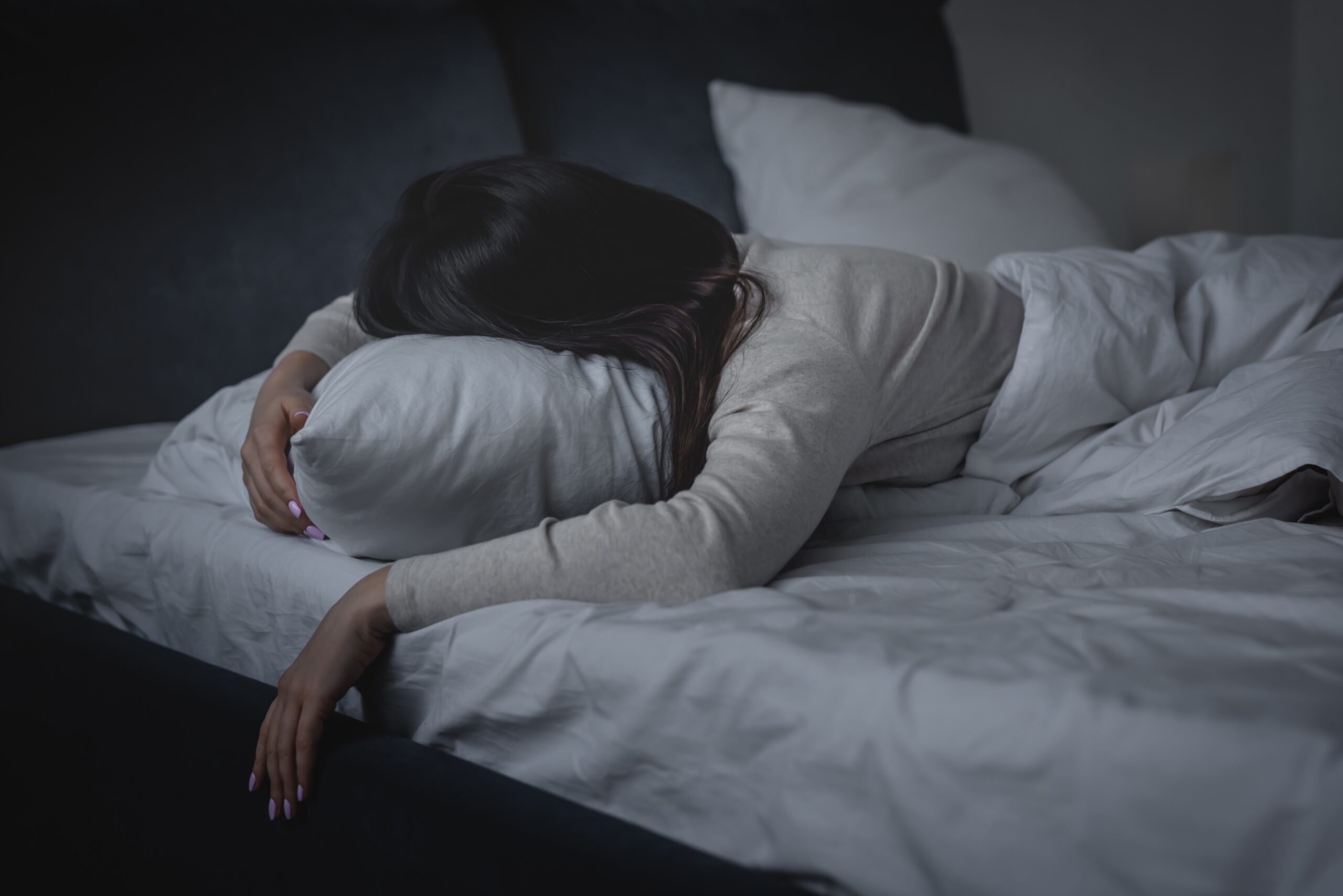Breathing pauses occur when you sleep if you have sleep apnea. The illness is diagnosed and treated with the use of a variety of specialist tests.
It’s crucial to have a precise diagnosis and begin treatment if you think you might have sleep apnea. You may learn more about your problem and choose the best treatment plan by taking one of the many different sleep apnea tests available. We will go through the fundamental types of sleep apnea tests and their applications in this article.
Polysomnogram (PSG)
One of the most complete tests for diagnosing sleep apnea is a polysomnogram (PSG). A PSG monitors and records a number of variables, including brain waves and oxygen levels, using sensors that are affixed or strapped to your body.
The Apnea-Hypopnea Index (AHI), which counts the number of times your breathing stops or is limited every hour, is one of a PSG’s key measurements. In specialist sleep labs, comprehensive testing of this nature is conducted. In a next room, a technician will be remotely monitoring you.
Sensors attached to your body will keep an eye on your breathing, heart rate, oxygen levels, arm and leg movements, and brain waves as you sleep in the lab, much like in a PSG. A technician will progressively raise the air pressure it delivers at certain intervals during the night. The best air pressure setting for you will then be decided after reviewing your data.
Split Night Study
Split night tests are often carried out when the sleep apnea is severe and the diagnosis is clear.
Multiple Sleep Latency Test
Using body sensors, a multiple sleep latency test (MSLT) is performed to gauge how soon you fall asleep. If your doctor suspects a disease like narcolepsy or idiopathic hypersomnia, this test is essential. It is carried out once a PSG has been completed.
The MSLT assesses how quickly you fall asleep and is conducted throughout the day in a sleep-enabling setting (a calm, dark room). After taking a 15-minute snooze, you are authorized to resume testing after being roused.
Maintenance Of Wakefulness Test
The Maintenance of Wakefulness Test (MWT) evaluates your ability to perform under supervised situations during the day. It is often used following the start of sleep disorder therapy.
Sleep difficulties can significantly reduce your capacity for difficult jobs. Knowing how effectively you can remain awake and accomplish activities is crucial, especially if your line of work involves dealing with the public or other safety-related issues.
Home sleep tests are now possible thanks to technology. You will either pick up or get a home testing kit for these tests. Over the course of 1-3 nights in your own bed, you’ll receive instructions on how to utilize it and carry out the test. The equipment will monitor your respiration and blood oxygen levels while you’re asleep. Other biometric data, such as your heart rate, may also be measured by certain kits.


